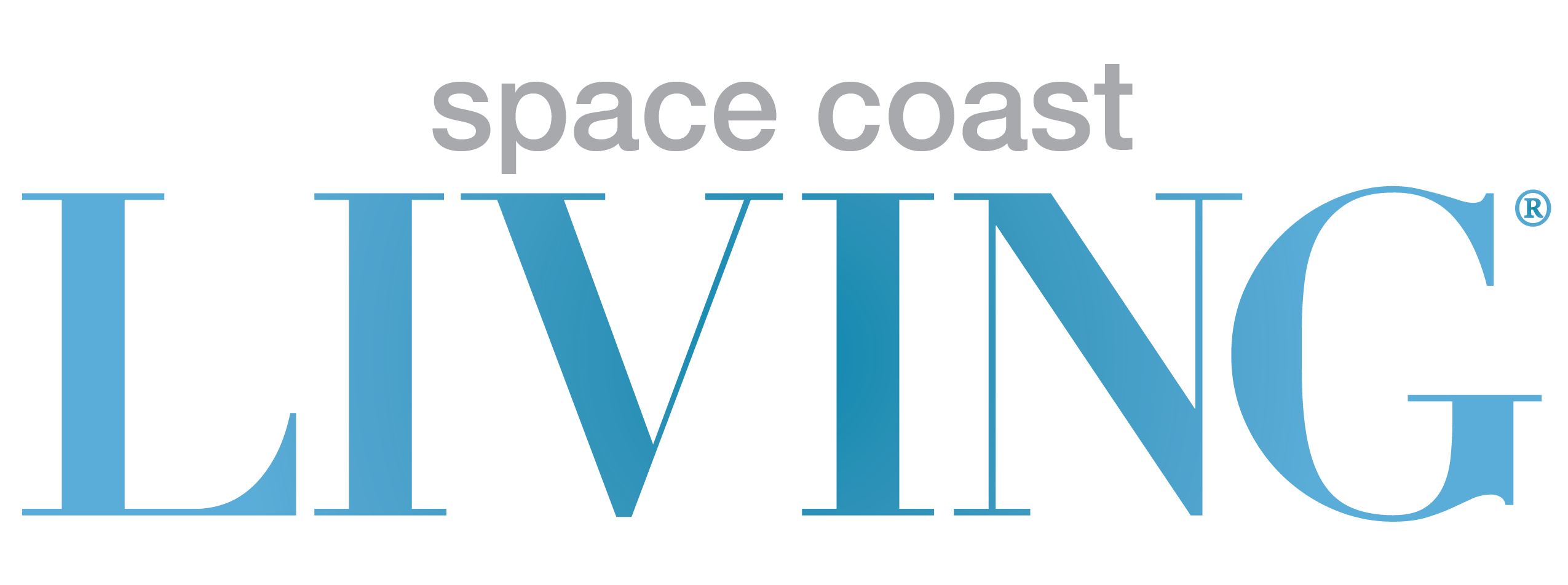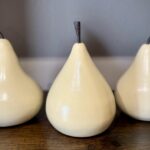
Photos and story by Allison Arteaga
Florida Wildlife Hospital Helps Keep
Native Critters Healthy and Happy
If you didn’t know what you were looking for, you might drive right past it. Florida Wildlife Hospital, located in Palm Shores just off of U.S. 1, is a nondescript yellow building marked only by a small wooden sign. Four lanes of traffic whiz by outside, but within the walls of the compound is a peaceful haven for wildlife in need. Even though the Florida Wildlife Hospital itself might be easy to overlook, there’s no denying that the organization is doing big things for local fauna here on the Space Coast.
 Initially founded almost four decades ago, Florida Wildlife Hospital has been serving in its current capacity since about 1997, with the purpose of rehabilitating sick, injured, and orphaned native or migratory Florida species for release back into the wild. Though it is state and federally licensed, the organization is funded solely by donations and staffed almost entirely by volunteers. But thanks to the community’s support, Florida Wildlife Hospital manages to care for almost 5,000 animals brought in by good Samaritans and local agencies each year, making it one of the busiest facilities of its type anywhere in the state.
Initially founded almost four decades ago, Florida Wildlife Hospital has been serving in its current capacity since about 1997, with the purpose of rehabilitating sick, injured, and orphaned native or migratory Florida species for release back into the wild. Though it is state and federally licensed, the organization is funded solely by donations and staffed almost entirely by volunteers. But thanks to the community’s support, Florida Wildlife Hospital manages to care for almost 5,000 animals brought in by good Samaritans and local agencies each year, making it one of the busiest facilities of its type anywhere in the state.
“You never know what’s going to come in through the door,” said Florida Wildlife Hospital Director Sue Small who regularly works with everything from gopher tortoises and bald eagles to river otters, pelicans, and possums. “We could have anywhere from five patients to 35 patients on any given day, and some of those can be very critical, like a sandhill crane hit by a car that needs immediate attention in order to survive. And in addition to everything that’s coming in throughout the day, we’re also busy taking care of the animals that came in previously that are getting medications and bandage changes, are being fed, or are being evaluated for release. So every day is very busy, and every day is different.”
Luckily, the organization can readily care for an influx of patients in its 4,000 square foot facility, which features an operating room, lab, and multiple critical care rooms, in addition to outdoor rehabilitation enclosures on the surrounding five-acre property that are meant to mimic natural habitats. Several local veterinarians help out with the most complicated injury cases, and the rest of the work, which is largely animal husbandry and nursing, is done mostly by everyday Space Coast residents who volunteer more than 11,000 hours annually to keep Florida Wildlife Hospital running.
“There is no way we could operate without our volunteers,” Sue expressed. “There just isn’t enough funding to pay people to do all the work that needs to be done around here.”
Florida Wildlife Hospital also relies entirely on the local community to help cover the costs of caring for

Sue Small (left) director of Florida Wildlife Hospital, and Jo Faden, president of the board of directors with Owliver, a great horned owl who is one of few permanent residents at Florida Wildlife Hospital. Owliver’s injuries upon his arrival were too severe for him to survive again in the wild, so he is now an education ambassador.
wildlife, which largely boil down to medications and specialty foods that closely resemble natural diets. But as the number of animals coming through the doors increases each year, the facility also needs to build additional rehabilitation enclosures. And, sometimes, donor dollars aren’t quite enough to keep up with it all. “One of the biggest challenges has been finding enough funding to keep the hospital going and to continue to expand and improve,” Sue expressed. But despite the challenges, there are plenty of moments that make it all worthwhile. “The biggest reward is when an animal that came in the door almost dead gets to be released back into the wild,” she said.
Reintroduction is the ultimate goal for every animal treated at Florida Wildlife Hospital, which means the organization’s animal-care practices are a bit different from those of other types of facilities. “In a vet’s office or even a zoo, where the animals are permanent residents, you develop a relationship with the animal. They get used to you, and you get used to them. But here, we want to keep them wild, so we have to interact with them as little as possible,” Sue explains. “There’s no petting, no baby talk, and no unnecessary handling. Once they’re old enough to start eating on their own and don’t have to be hand fed, we severely limit their interaction with humans, and we get them into the outdoor enclosures as soon as possible, so that they’re in a more natural environment.”
It’s a process that works well for a large portion of Florida Wildlife Hospital patients. At the end of their recovery period, all animals are evaluated for release, and in order to be eligible, they must demonstrate an ability to take care of themselves as they would in the wild, which means having the physical strength to find food and evade predators. Those that can do so are then taken back to the site where they were originally found or released in a more suitable local habitat where they can roam freely once more.
Unfortunately, though, some animals never quite recover enough to be reintroduced to the wild. Those that can’t survive on their own are mostly placed in zoos and sanctuaries or housed as permanent residents at Florida Wildlife Hospital, where they help out with educational programs meant to inspire people to protect wildlife.
“So many of the situations that result in animals coming here are caused by people, so education is very important,” said Sue.
“Trash in the environment, like fishing gear and plastic soda rings, is huge as far as causing injuries, and we also see a lot of injuries from cats and dogs, so those are some of the things that we try to get people to understand.”
 In a world where our natural spaces are disappearing at a faster rate each year, the Florida Wildlife Hospital’s educational message of preserving local fauna is certainly an easy one to get behind. In fact, volunteer Jo Faden was so moved by her first experience with the organization that she has since spent the last 11 years working her way up to the position of senior volunteer and president of the board of directors.
In a world where our natural spaces are disappearing at a faster rate each year, the Florida Wildlife Hospital’s educational message of preserving local fauna is certainly an easy one to get behind. In fact, volunteer Jo Faden was so moved by her first experience with the organization that she has since spent the last 11 years working her way up to the position of senior volunteer and president of the board of directors.
“I think it’s important to preserve wildlife everywhere,” she said. “People are pouring concrete over everything, taking away the homes of wildlife, so I think we need to make room for them and understand that they were here before we were.”
In the meantime, the Florida Wildlife Hospital is dedicated to helping ensure that native wildlife will be around for the enjoyment of future generations of Space Coast residents and tourists alike. Thanks to the organization’s rehabilitation and reintroduction efforts, tens of thousands of former patients are now happily roaming Brevard’s green spaces, hiding in plain sight. If you didn’t know what you were looking for, you might walk right past them. But that’s as it should be. Because, in spite of it all, or perhaps because of it all, Brevard’s wildlife remain fiercely and beautifully wild.
Get Involved
- Donate money or items
- Volunteer to help out with animal care or facility maintenance
- Book a Florida Wildlife Hospital educational program for your class or group
- Reduce your personal impacts on wildlife
- Bring injured animals to Florida Wildlife Hospital when safe and necessary
Find out how at FloridaWildlifeHospital.org




